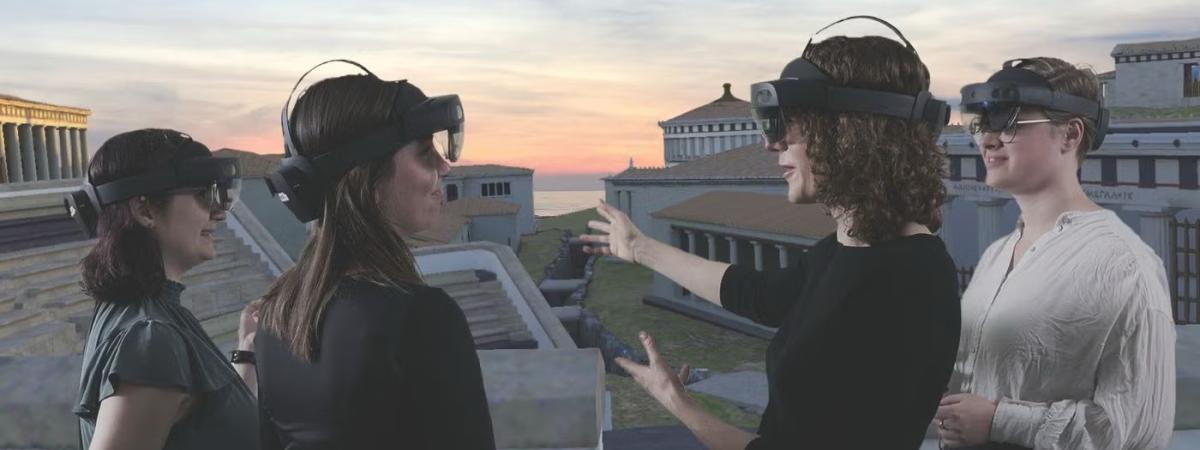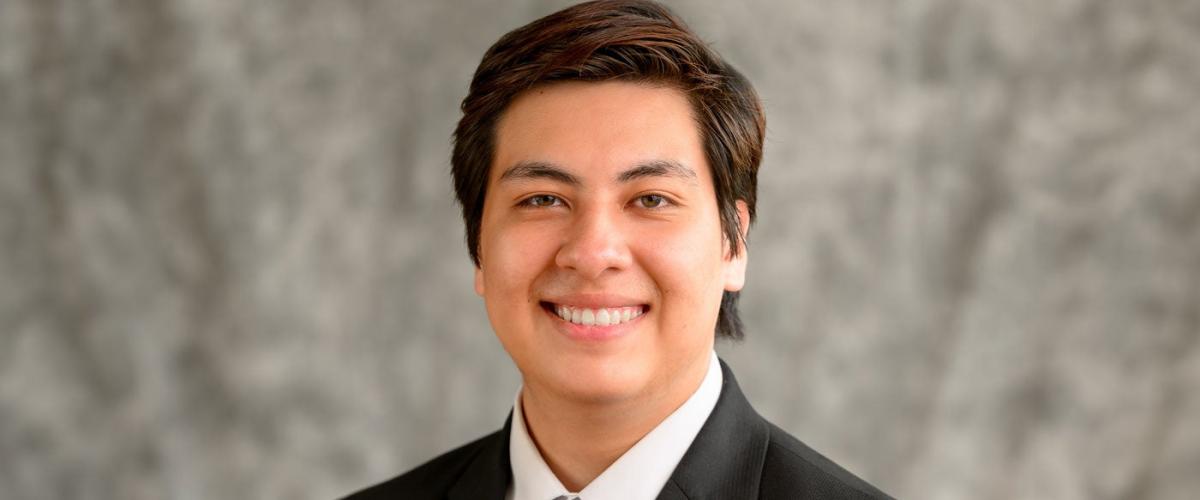
The future is interdisciplinary: Students and faculty are unlocking new possibilities at the crossroads of humanities and technology
Editor’s note: This story was originally published in the summer 2025 issue of Forward Thinking magazine.
Charlotte Hooker has never been one to follow just a single path.
A rising third-year student at Case Western Reserve University, she’s majoring in both neuroscience and dance—disciplines that might seem unrelated but, to her, reflect the same underlying fascination with movement and the human body.
“In dance class, I love walking behind someone and thinking about how they move,” she said. “People’s movements are like fingerprints.”
As a Jack, Joseph and Morton Mandel Fellow in Experimental Humanities—a cohort of nine undergraduates bridging disparate fields through study and scholarship—Hooker was provided resources to conduct a summer research project.
Using motion capture technology—similar to what’s used for computer-generated imagery for film—she studied how body movements differ between epileptic seizures and psychogenic spells, which appear similar but have distinct causes and treatments.
“Psychogenic seizures stem from trauma, not neurological dysfunction,” she said. “You can’t treat trauma with seizure medication, and misdiagnosis can have serious consequences. Doctors need to be able to tell the difference.”
Her fusion of dance, technology, and medical research exemplifies the spirit of the university’s Experimental Humanities program, which is rooted in the idea that solving complex challenges requires fluency across disciplines and a thoughtful, human-centered approach to technology.
Backed by philanthropy and powered by students and faculty eager to connect disciplines in new ways, the initiative opens doors to scholarships, research and hands-on exploration.
“I used to think I had to choose between my passions,” she said. “But here, it’s not just allowed—it’s encouraged. We talk about reimagining the future, and that, to me, means changing what’s possible.”




